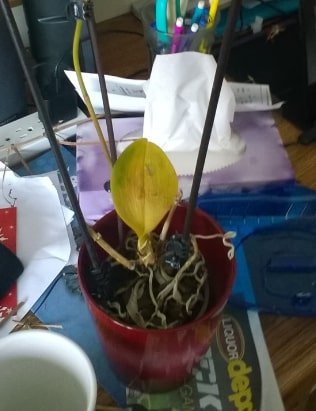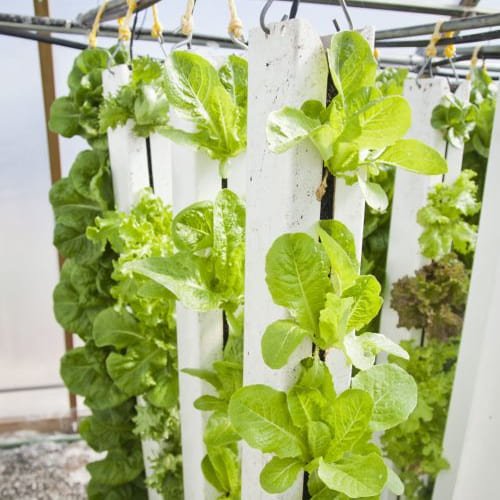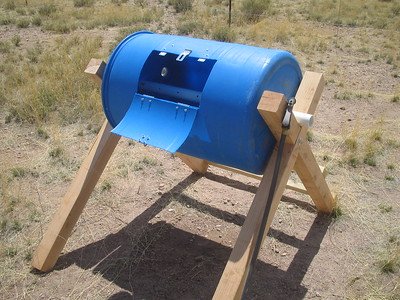The, orchids. Those elegant, almost otherworldly plants that somehow manage to be both delicate and surprisingly resilient. If you’ve been lucky (and attentive) enough to coax an orchid into bloom, you know the thrill of seeing those first buds unfurl.
But what happens when the spike—the very stalk that holds those gorgeous blooms—begins to yellow or brown? Is this nature’s way of saying, “Time’s up,” or is it a red flag waving frantically for help? Let’s dive deep into this often-misunderstood phenomenon.
The Lifecycle of an Orchid Spike: Natural Aging
First things first: Not all yellowing or browning spikes are cause for alarm. In fact, it’s often a perfectly natural part of an orchid’s life cycle. Many popular orchid varieties, such as the ubiquitous Phalaenopsis, produce a spike to carry their blooms. Once those flowers have dazzled for weeks (or months, if you’re lucky), the spike’s job is essentially done. That’s when the plant shifts into its recovery and regeneration mode—a crucial stage for its ongoing health.
When a spike turns yellow or brown after the flowers have fallen, it’s usually a sign that the plant is redirecting its energy. Orchids are remarkably efficient—they know better than to waste precious resources on a structure that has served its purpose. Instead, they channel those resources into fortifying their leaves, roots, and overall stability. Think of it as the orchid’s natural housekeeping: clearing out the old to make way for the new. It’s a fascinating glimpse into how plants prioritize survival and longevity over short-term aesthetics.
This process, while completely normal, often raises questions for orchid caretakers. What should you do when you notice this change? That’s where opinions start to differ, and approaches vary depending on personal preferences and goals for your plant:
Option 1: Leave the spike alone until it has turned completely brown and dried out. Why? The plant may still be extracting residual nutrients from it. By cutting too soon, you might inadvertently deprive your orchid of a little extra nourishment—a minor but significant boost as it transitions to its next phase.
Option 2: Trim the spike back as soon as it begins yellowing or browning. To do this, always use sterilized scissors or pruning shears to avoid introducing infections. This method keeps the plant looking tidy and encourages it to direct energy toward new growth. If you’re aiming for a potential secondary bloom, cut just above a node. If you want to reset the plant entirely, trim the spike down to the base.
Understanding which option suits your orchid best may take some trial and error. Some plants respond well to early pruning, while others seem to benefit from being left to complete their natural process uninterrupted. The key is observing your plant’s response over time and learning its unique preferences.
When Yellowing or Browning Is a Problem

Not all discoloration is benign, though. In some cases, yellowing or browning spikes can indicate underlying issues that need attention. To determine whether you’re dealing with a normal aging process or a sign of trouble, it helps to dig a little deeper into the symptoms:
1. Yellowing with Mushiness or Spots
If the spike not only turns yellow but also feels mushy, develops dark spots, or shows signs of decay, you might be dealing with rot. Rot often stems from overwatering, poor drainage, or excessive humidity. It’s a common pitfall, especially for new orchid owners who may err on the side of too much water.
To address this:
- Remove the affected spike immediately, cutting back to healthy tissue. Use sterilized tools to prevent spreading any pathogens.
- Inspect the potting medium and the plant’s roots for signs of excess moisture or root rot. If necessary, repot your orchid in fresh, well-draining medium.
- Reevaluate your watering schedule and ensure your plant has adequate ventilation. Orchids thrive in a balance of humidity and air circulation.
2. Premature Yellowing on a Healthy Spike
If a spike yellows while flowers are still blooming or before the spike has fully matured, it’s often a sign of stress. Common stressors include:
Insufficient light: Orchids need bright, indirect light for optimal health. If your plant isn’t getting enough light, it may struggle to sustain a spike.
Nutrient deficiencies: Orchids require regular feeding with a balanced fertilizer, especially one rich in phosphorus during blooming periods.
Environmental shocks: Sudden changes in temperature, drafts from a window or air conditioner, or moving the plant to a drastically different environment can all trigger stress responses. This can cause spikes to yellow prematurely and flowers to drop sooner than expected.
3. Brown Spikes with Pests
Occasionally, pests like scale insects or mealybugs make their way onto orchid spikes, causing damage and discoloration. These pests suck sap from the plant, weakening its tissues and leading to browning. Signs to look for include tiny, brown bumps (scale) or white, cottony patches (mealybugs).
To combat pests:
- Remove visible pests by hand, using a cotton swab dipped in rubbing alcohol.
- Treat the entire plant with insecticidal soap or neem oil to ensure thorough coverage and eliminate eggs or larvae.
- Quarantine the affected plant to prevent pests from spreading to your other orchids.
By addressing these issues promptly, you can help your orchid recover and prevent future problems. Recognizing the signs of trouble early can make all the difference in keeping your plant healthy and happy.
A Few Words on Patience
Caring for orchids often feels like an exercise in patience. Spikes yellow and brown, blooms come and go, but the beauty of these plants lies in their resilience. A spent spike doesn’t mean failure; it’s simply a chapter closing so another can begin.
In some cases, orchids surprise you. A yellowing spike you’ve written off might suddenly produce a side shoot or even a keiki (a baby orchid). Nature has its own timeline, and orchids are masters of the slow reveal.
The Takeaway
Yellowing and browning orchid spikes are rarely a death sentence for your plant. More often than not, they’re part of the natural order, a sign that your orchid is moving on to its next phase. By learning to distinguish between normal aging and signs of trouble, you’ll not only keep your orchid thriving but also deepen your appreciation for these remarkable plants.
So, next time you notice a yellowing or brown spike, don’t panic. Take a closer look, assess the situation, and remember: every orchid has a story to tell, and it’s one of persistence, beauty, and growth.



